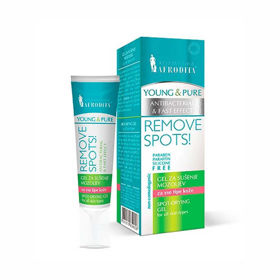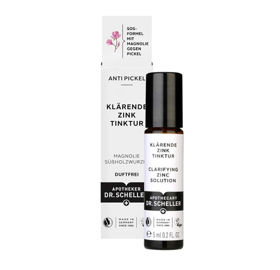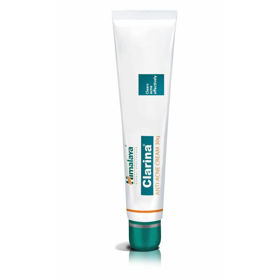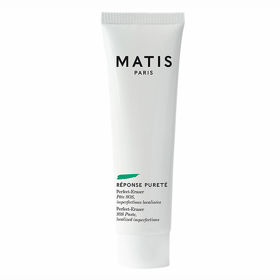Customer question:
Why do I get pimples, and how can I help myself? Anonymous customer's question
Pharmacist's answer:
Sebaceous glands are located all over the body. Blockages or inflammation in the sebaceous glands causes the formation of pimples.
Clogs and inflammation can occur as a result of the following:
- increased sebum production
- abnormal production of keratin
- the increased presence of bacteria on the skin that causes pimples
Over-the-counter medications help correct mild acne problems. These medicines are as follows:
- Azelaic acid is naturally found in various grains, such as barley, wheat, and rye. It destroys microorganisms on the skin and reduces possible swelling.
- Retinoids (Vitamin A derivatives): Retinoids help prevent pore clogging. You may notice a change in skin color or peeling. Using retinoids every other day or using them simultaneously as a moisturizer can reduce these side effects.
- Salicylic acid: is available over the counter for acne skin care as a cleanser or lotion. It helps to remove dead skin cells and thus prevents the clogging of the follicles.
- Benzoyl peroxide: is available as an over-the-counter product.
If your pimples don't go away with over-the-counter medications, your dermatologist may recommend prescription medications, including antibiotics and oral hormone replacements.
Other therapies may include:
- Chemical peeling: chemical peeling uses a mild chemical solution to remove layers of skin and consequently reduce the appearance of pimples.
- Laser skin resurfacing: Laser skin resurfacing directs short, concentrated, pulsating beams of light at your pimples. The light rays reduce the amount of oil your sebaceous glands produce.
- Microdermabrasion: A dermatologist or plastic surgeon uses a specialized instrument to "sandblast" your skin. Removing the top layers of skin frees the clogs that cause pimples.
Interesting reading: Acne on the face












 Facebook
Facebook
 Instagram
Instagram
 info@moja-lekarna.com
info@moja-lekarna.com

